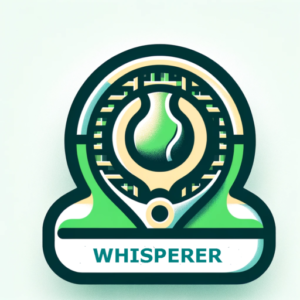De Minaur’s Serving Challenges
De Minaur’s Serving Challenges
Alex de Minaur stands out on the ATP Tour for his blistering speed, defensive mastery, and strategic intelligence. Nicknamed “The Demon,” he’s known for chasing down balls others wouldn’t dream of reaching.
Yet even with this elite movement and mental toughness, one area remains a consistent shortfall: his serve.
Serve Improvements: Progress & Persistent Limitations
De Minaur has visibly worked on adding power to his serve, aiming for a more muscular delivery. However, at the Australian Open, and again in his loss to Alexander Bublik at the French Open, his serve revealed inefficiencies in one crucial aspect: rhythm.
A lack of rhythmic fluidity compromises:
-
Weight transfer from legs to core
-
Energy flow needed for power and consistency
Despite added muscle, his serve lacks kinetic efficiency, reducing both speed and accuracy under pressure.
Interestingly, his serve struggles mirror those of his mentor, Lleyton Hewitt—another world-class returner and competitor whose own serve was often considered the weakest part of his otherwise elite game.
Key Technical & Tactical Observations
1. Core Weight Transfer
A powerful serve begins from the ground up. Legs and hips load the energy, which flows through a stable core before releasing through the arm in a whip-like motion.
-
Issue: De Minaur’s core often disengages mid-motion, breaking this energy chain.
-
Result: Reduced velocity and inconsistent placement.
2. Rhythm and Timing
The best servers look smooth and unhurried—like a choreographed dance.
-
Issue: De Minaur appears to “muscle” his serve, introducing rigidity.
-
Result: Loss of natural flow and difficulty adjusting under pressure.
3. Second Serve Vulnerability
Without a reliable first serve, his second serve becomes exposed.
-
Issue: Poor rhythm and rushed mechanics limit spin and kick.
-
Result: Returners can step in and attack, shifting momentum.
Specific Mechanical Breakdowns
-
Hand Break Timing: De Minaur’s hands separate too early, disrupting timing and diminishing the serve’s coil-and-release potential.
-
Ball Toss and Balance: Starting his motion with the racquet below knee level undermines balance, leading to inconsistent tosses and poor contact points.
Performance Takeaway
De Minaur’s serve isn’t just a physical problem—it’s a coordination and balance issue. This was starkly evident in his loss to Bublik at Roland Garros, where the same serving flaws were on full display. Without reliable rhythm, energy fails to flow effectively through his kinetic chain. As a counter-punching baseliner, improving serve rhythm could unlock the next level in his game.



